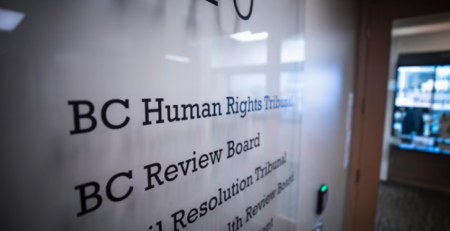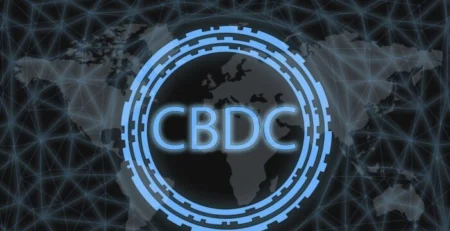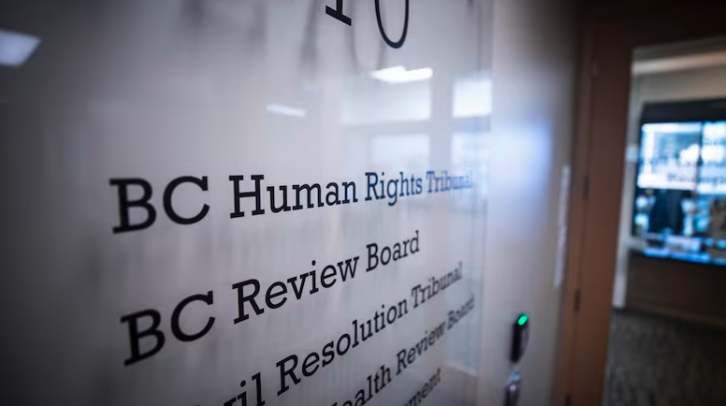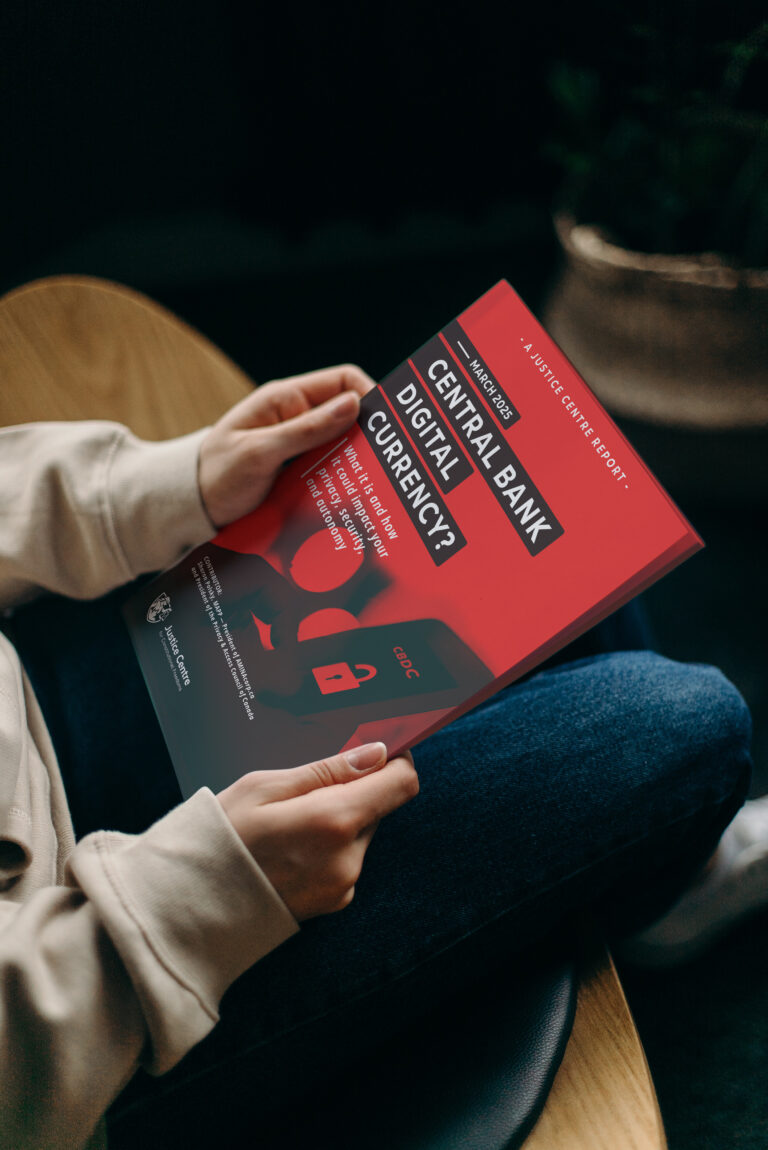The Canadian Charter of Rights and Freedoms allows governments to violate rights and freedoms if the government can show that its actions are reasonable and “demonstrably justified in a free and democratic society.” Citizens need only show that their rights have been violated, then the onus is on government to justify its violation of those rights. This burden is intended by the Charter to be an onerous one.
It is too early to know with certainty whether the government’s measures to combat coronavirus are successful in saving lives. But it’s not too early to start asking some needed questions, especially as governments now talk about lockdowns lasting not weeks, but months or even years.
Provincial and municipal governments across Canada, as well as the federal government, have violated Canadians’ freedoms to travel, associate, assemble peacefully and practice their religion. Temples, mosques, synagogues and churches have been deemed non-essential, as have schools. Our Charter rights to liberty and security of the person have also been compromised. The government claims “saving lives” as the justification for these measures.
A Canadian court would almost certainly uphold saving lives as a pressing and substantial objective, a worthy goal that potentially justifies violating the fundamental freedoms of citizens, at least in the short term. At the same time, while recognizing the legitimacy of a government’s objective, courts also conduct a balancing exercise, weighing both the harms and the benefits of government action.
At the time of writing this column, no government measure has been challenged for unreasonably violating Charter freedoms. No court is grappling with the costs and benefits. While courts have not (yet) been called upon to conduct this exercise, it is incumbent on governments to do so, in order to honour and abide by our Constitution.
Governments argue that we need to “flatten the curve” in order to prevent the medical system from being overrun to the point of collapse, because hospitals lack sufficient ICU beds and ventilators. But governments do not know how many Canadians have already had COVID-19 and are now recovered.
Nor do governments know how many Canadians have this virus currently and are not showing symptoms. Testing for COVID-19 is far from accurate. Attempts to flatten the curve are based on speculation, without reliable scientific data.
The means and methods which governments use to fight coronavirus are based on guesswork, because accurate data does not exist. The fact that data is unreliable was recently confirmed again by the extreme difference in projected COVID-19 deaths in Alberta, with estimates ranging from 400 to 6,600.
Alberta Premier Jason Kenney stated the obvious when admitting that “The scenarios should not be considered concrete predictions.” Perhaps the violations of our Charter freedoms are saving lives, but if so, we really have no idea how many.
While politicians daily trumpet the life-saving benefits of shutting down the economy and society, we seldom hear them discussing the full costs of these restrictions, including the cost in human lives.
How many suicides will result from governments having shut down much of our economy, and having forced millions of Canadians into unemployment? How many Canadians will die because of the rise in alcoholism and other addictions? How many spouses will be abused or even killed while couples remain unemployed and confined to their homes, fearful of facing hefty fines just for taking a walk in the park?
How many people will die because they lost their job, or because the family business went bankrupt, and they can no longer afford to pay for the medicine, nutritious food or health services they need to stay healthy? How many seniors will die because they no longer receive regular visitors, and nobody notices their weight loss or change in skin colour or other ailments, such that nobody takes these sick seniors to the emergency ward or to their own family doctor for a check-up?
How many Canadians will die because the good charities that care for our weak and vulnerable neighbours are not permitted to carry out their work, and because the donations that non-profits rely on have dwindled or disappeared?
How many Canadians will die of cancer and other diseases because their “elective” (“non-emergency” is a more accurate description) testing or surgery was cancelled? How many Canadians will die because they believed – correctly or incorrectly – that they could not go see their doctor, or could not check into emergency at the hospital? How many Canadians will die because of inevitable cuts to health care spending that will reduce access to drugs and treatments?
How many children, confined to their homes while playgrounds are closed and athletic activities are shut down, will become diabetic? How many adults will develop serious psychiatric disorders caused by social isolation, because governments have effectively eliminated social interaction at restaurants, churches, pubs, swimming pools and community centres? How many Canadians will die from physical or mental illnesses caused by no longer participating in sports and other recreational activities?
With precious few exceptions, politicians are not even trying to answer any of these questions. They speak as though shutting down our economy, creating unemployment, shredding the social fabric and pushing millions of people into poverty will not kill Canadians. But if we truly care about saving lives, we cannot ignore the deaths that will surely result from current government attempts to “flatten the curve.” While one curve might be flattened (or not), another curve rises to unknown heights.
We will eventually learn the cost, in human lives, of eliminating vital social relations and destroying billions of dollars that are essential for people’s livelihoods and for maintaining a functioning health care system. Perhaps the government’s measures will eventually prove to have saved more lives than were lost because of these measures. Or not. Regardless of whether or not a court is eventually called upon to grapple with these life-saving questions, it is time that politicians start doing so.
BY JOHN CARPAY, The Post Millenial








